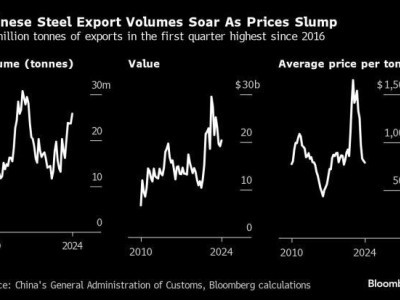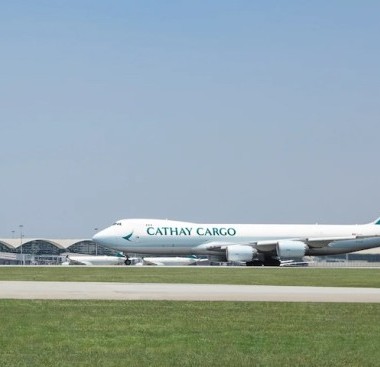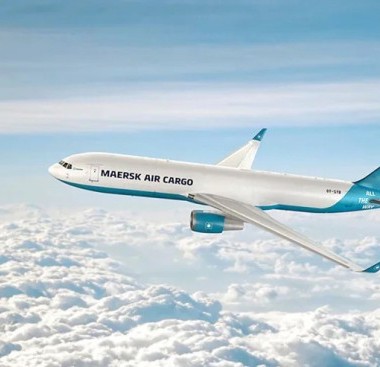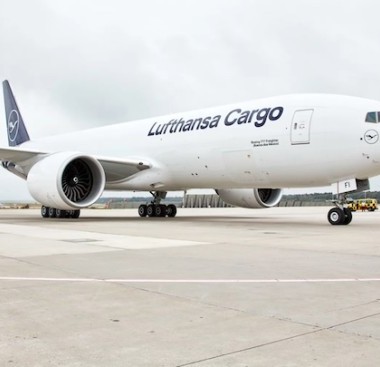Russia’s oil trade starting to show signs of clogging up
Across the world, there are increasing signs that the smooth flow of Russian petroleum is starting to get snarled.
Even after the world’s main oil forecasting agency said output could fall by 30%, exports from the OPEC+ producer have so far been resilient as the sanctions, along with price caps on Russian oil, were intended to keep the flow going. However, cargo is now starting to take longer in finding homes.
As well as having implications for Moscow — proceeds from taxes on the oil industry accounted for over two-thirds of energy tax revenue in February — the development may alarm US officials, who’ve long argued that the Russian oil needs to flow freely to avoid a surge in fuel prices.
Ships filled with refined fuels are floating off the coasts of Europe, Africa, and Latin America, potentially ratcheting up waiting for fees. Some vessels hauling the OPEC+ producer’s crude oil are bouncing between ports without discharging, while others are unloading and being stashed at unusual locations.
It all points to a network of logistics that is struggling to keep pace with servicing a country that exports over 7 million barrels a day of crude oil and products. A vast swath of that trade has shifted from Europe to new and less-familiar customers, often thousands of miles further away.
“There has already been a mismatch in what is leaving Russian ports and what is imported by buyers of Russian oil,” said Giovanni Staunovo, commodity analyst at UBS Group AG. “This is translating in higher volumes of oil on water, and considering a limited number of tankers available to transport oil, if those tankers are not unloaded, it will translate in lower exports and production at some point.”
Though it announced an output cut of 500,000 barrels a day for this month, Russia’s crude oil exports by sea have held up so far this month — a fact that has weighed on prices in recent weeks.
The question is whether that could unravel if deliveries drag.
About 1.2 billion barrels of crude oil were on the water last week, the highest for this time of the year in data going back to 2016, data from Vortexa Ltd. showed.
Two tankers that carried Russia’s flagship Urals crude to the mouth of the Persian Gulf have stayed put since they arrived months ago.
At least four tankers with the nation’s ESPO crude have waited for weeks with some visiting one Chinese port after another, while around 4.4 million barrels of diesel-type fuel from Russia were kept at sea in early March in its largest buildup in at least seven years.
“Willing buyers in Asia, namely India and, to a lesser extent, China, have snapped up discounted crude oil cargoes, but increasing volumes on the water suggest the share of Russian oil in their import mix may be getting too big for comfort,” the International Energy Agency said in its monthly report this week.
With Asia still hoovering up lots of Russian supply, the country is nevertheless having to turn to increasingly unusual places to stash its crude.
A vessel loaded with Russian crude has been idling off the coast of Ghana for almost three weeks and another shipment was sent to the storage tanks in southeast Turkey late last month, the first to be shipped to Dortyol terminal since at least 2018 when Bloomberg started tracking the flows.
There’s also a growing build-up of refined petroleum, with millions of barrels of diesel-type cargoes temporarily stored.
One such ship, the SCF Yenisei carrying Russian diesel-type fuel, discharged a cargo after sitting off the coast of Ghana for more than 10 days.
Another, the Adamas I, which loaded Russian fuel in late January, has been floating off Sudan for over 20 days, according to Vortexa Ltd. and tanker tracking data compiled by Bloomberg.
“Although crude oil cargoes are finding new homes in China and India, products are facing increasing difficulties to be placed,” said Tamas Varga, an analyst at brokerage PVM.
Similar Stories

China’s cheap EVs redraw the map of where cars get made
View Article
China’s surging steel exports are inflaming global trade tension
View ArticleUSTR announces White as Chief Textiles and Apparel Negotiator
The Office of the United States Trade Representative (USTR) today announced that Katherine White will serve as USTR’s Chief Textiles and Apparel Negotiator. White previously served as International Trade Policy…
View ArticleIran, Pakistan seek to patch up ties with pledge to boost trade
Iran and Pakistan took steps to repair relations after deadly military strikes by the two Asian neighbors early this year, with both countries signing multiple agreements on security and economic…
View ArticlePost-Brexit food checks will be ‘light-touch,’ UK minister says
The UK will enforce “light-touch” post-Brexit checks on food and plant products beginning later this month to avoid disrupting businesses trading with European Union nations, a government minister said.
View ArticleEU weighs sanctions on firms shipping weapons tech to Russia
The European Union is assessing potential sanctions against more than a dozen companies that have continued to buy restricted goods from the bloc and supply them to Russia, according to…
View ArticleGet the most up-to-date trending news!
SubscribeIndustry updates and weekly newsletter direct to your inbox!





